Diving courses.
 Bashny.Net
Bashny.Net
Dear YaPovtsy long read PL and that's decided yet
create your first theme and narrate you about their
experiences during the course of diving.
It will be a bit of text and a photo taken of me during and
completion of the course. Notify when all.
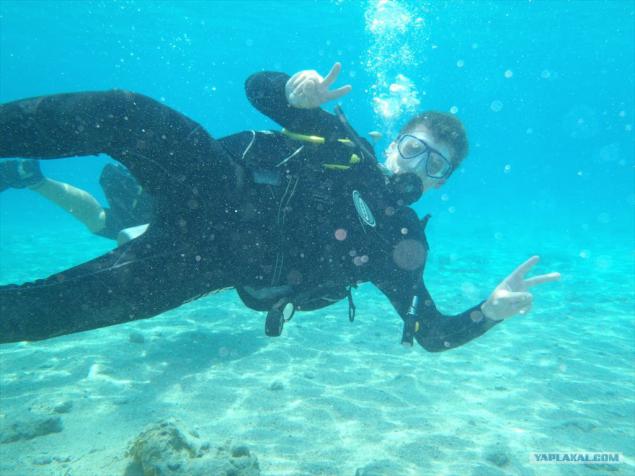
There are many international organizations DIVING working on international standards such as ISO (International Organization for Standardization) and WRSTC (World Recreational Scuba Training Council), which
conduct training and certification for divers around the world.
For example, some of them:
- PADI - Professional Association of Underwater Instructors
- SSI - Scuba Schools International
- IANTD - International Association of Nitrox and Technical Divers
- NASE - National Academy of Scuba Educators
- NAUI - National Association of Underwater Instructors
- PSAI - Professional Scuba Association International
- UTD - Unified Team Diving

Rate these organizations about the same, with small deviations in directions, some focus on the classic diving, others use any vospomogatelnoe technical equipment, etc.
The most important thing to get an experienced and responsible instructor.
I decided to do a course from PADI, as I approached convenient location of their school, and instructress inspire confidence
It was decided to do two courses in a row, first, Open Water Diver, at the end of which is allowed to conduct independent dive in pair up to 18 meters a second, Advanced Open Water, is already allowing immersion to 30 meters.
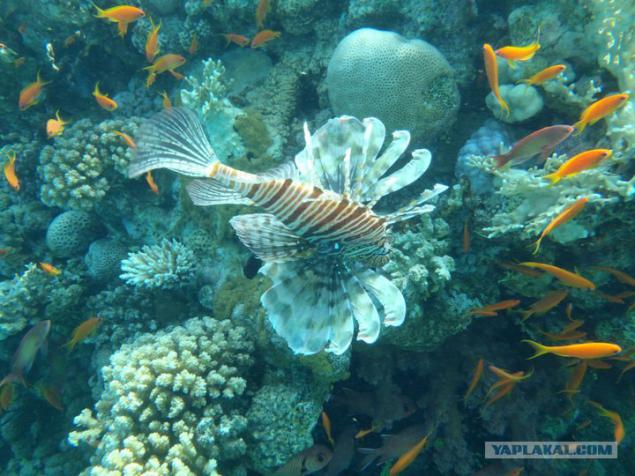
Basic, compulsory course lasts 5 days during which you are taught the theory and taught to use the equipment.
The whole theory is mainly transmitted through videos and books, all that is clear - check with the instructor.
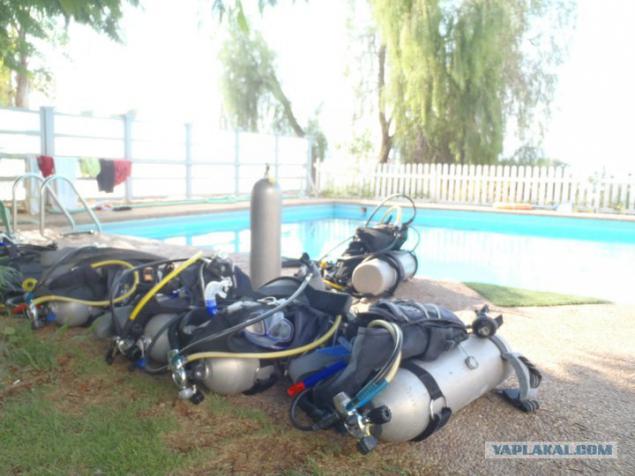
In my case, the first 2 days, all the training took place in the pool club. After examining the equipment and theory, practical exercises and exercises such as taking pictures and dressing a mask under water, taking out the mouthpiece, etc.

The next 3 days is almost the same but the open sea, in the 3rd and 4th days of immersion to a depth of 12 meters and a 5-day, to a maximum depth for an entry-level certification - 18 m.
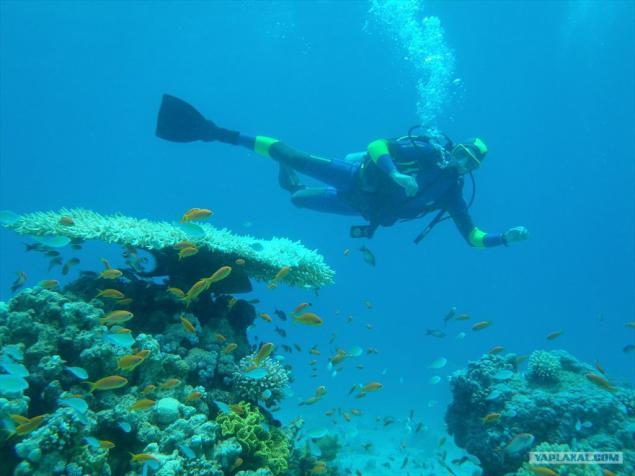
The first dive in the open sea was pretty exciting, but if you follow the rules learned in the theory, and most importantly, always keep calm, you quickly learn, and you start to get used to getting
the pure pleasure of immersion in another world.
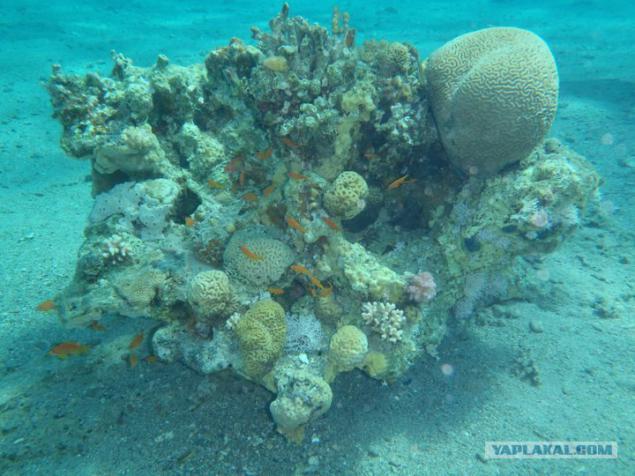
Under the water you forget about what is happening outside, the perception of sounds and colors changing, underwater creatures and vegetation is astonishingly varied.
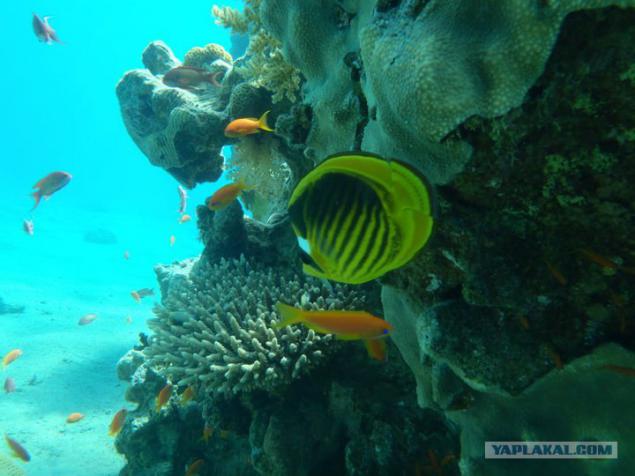
A variety of corals ...

Fish ...
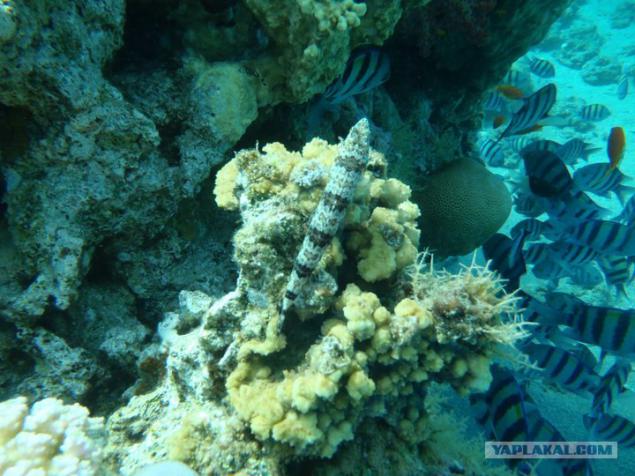
Fish ...
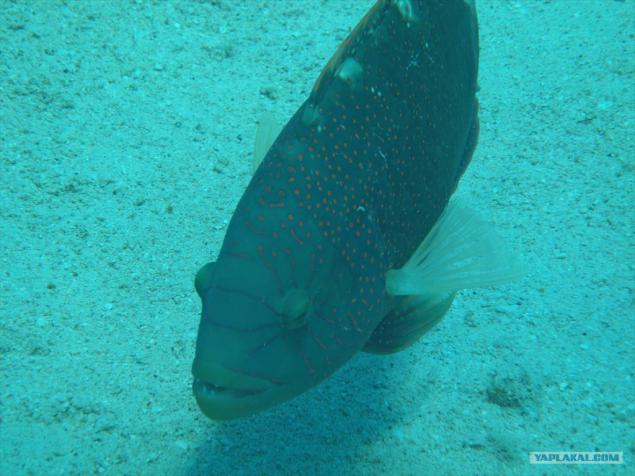
Moray, she slept, had a little disturbing.
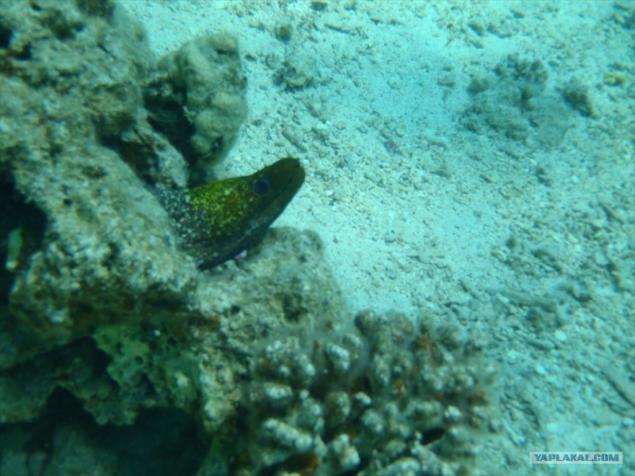
It seems like a fish-ball, when the danger is inflated like a balloon. (pictured in the process of pouting)

After exiting the water felt mad fatigue, mainly related to the accumulation of nitrogen in the body.
The canister is of standard breathing air with a content of 21% oxygen, 78% nitrogen and 1% other gases.
There are various breathing mixtures with a high percentage of oxygen, the use of which, the state of "output" is much easier
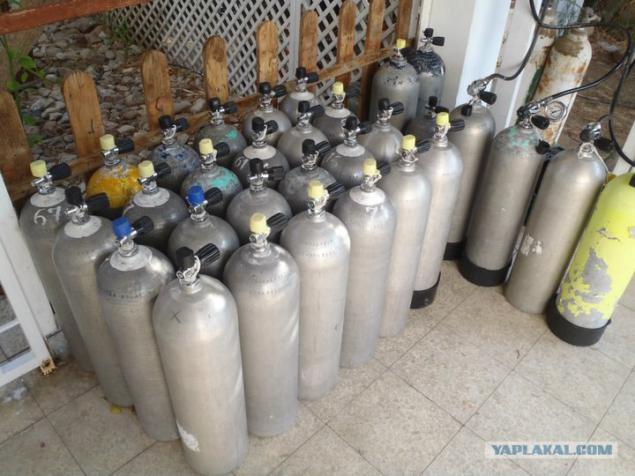
At the end of 5 days of the course, you get an international certificate of Open Water Diver permissive dive up to 18m virtually anywhere in the world.
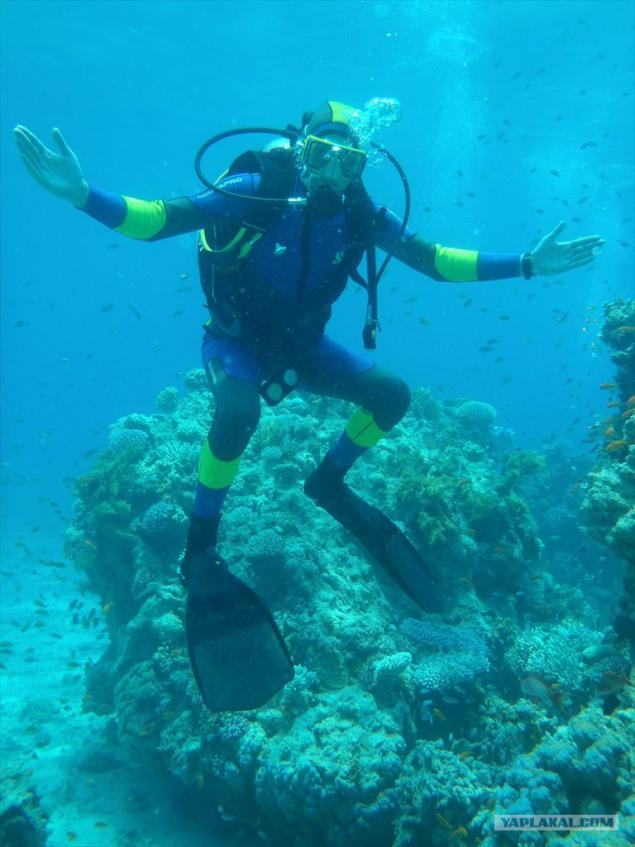
Next, an advanced course lasts for 2 days, during which conducted the practical dives in open waters at a depth of 30 meters, after which, you get an international certificate of Advanced Open Water,
permissive dive to 30m.
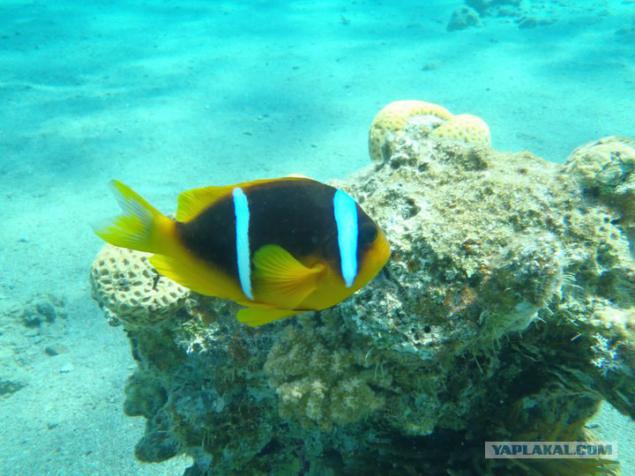
With this certificate, you can remove all the necessary equipment to dive almost anywhere in the world and enjoy the underwater world. All dipping must be carried out at least in a pair with another person.
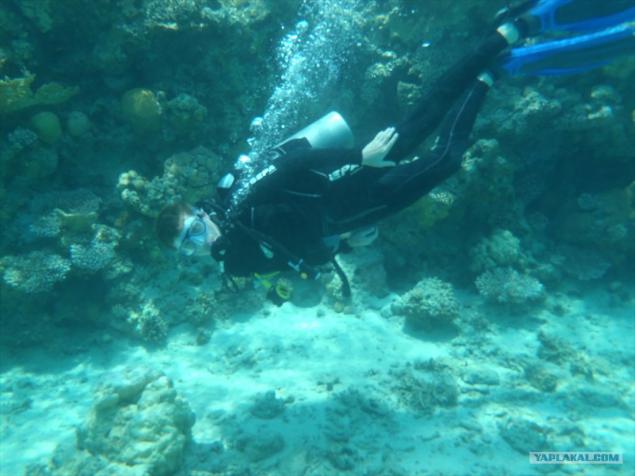
All! And of course we celebrate the end of the course!
There are plenty of photos, I can lay out, if you like.
If someone is interested, or have any questions, happy to try to answer.
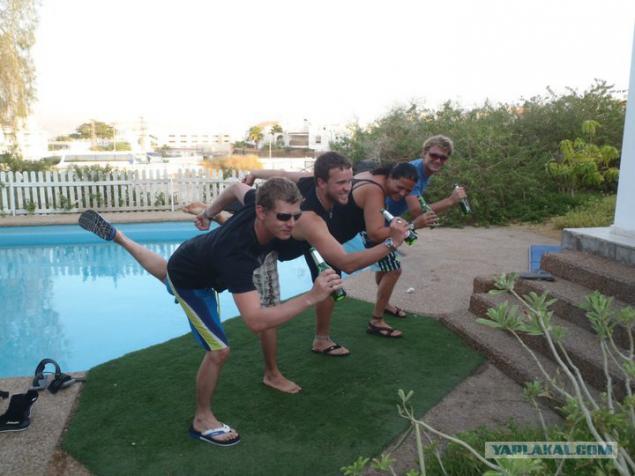
Source:
create your first theme and narrate you about their
experiences during the course of diving.
It will be a bit of text and a photo taken of me during and
completion of the course. Notify when all.

There are many international organizations DIVING working on international standards such as ISO (International Organization for Standardization) and WRSTC (World Recreational Scuba Training Council), which
conduct training and certification for divers around the world.
For example, some of them:
- PADI - Professional Association of Underwater Instructors
- SSI - Scuba Schools International
- IANTD - International Association of Nitrox and Technical Divers
- NASE - National Academy of Scuba Educators
- NAUI - National Association of Underwater Instructors
- PSAI - Professional Scuba Association International
- UTD - Unified Team Diving

Rate these organizations about the same, with small deviations in directions, some focus on the classic diving, others use any vospomogatelnoe technical equipment, etc.
The most important thing to get an experienced and responsible instructor.
I decided to do a course from PADI, as I approached convenient location of their school, and instructress inspire confidence
It was decided to do two courses in a row, first, Open Water Diver, at the end of which is allowed to conduct independent dive in pair up to 18 meters a second, Advanced Open Water, is already allowing immersion to 30 meters.

Basic, compulsory course lasts 5 days during which you are taught the theory and taught to use the equipment.
The whole theory is mainly transmitted through videos and books, all that is clear - check with the instructor.

In my case, the first 2 days, all the training took place in the pool club. After examining the equipment and theory, practical exercises and exercises such as taking pictures and dressing a mask under water, taking out the mouthpiece, etc.

The next 3 days is almost the same but the open sea, in the 3rd and 4th days of immersion to a depth of 12 meters and a 5-day, to a maximum depth for an entry-level certification - 18 m.

The first dive in the open sea was pretty exciting, but if you follow the rules learned in the theory, and most importantly, always keep calm, you quickly learn, and you start to get used to getting
the pure pleasure of immersion in another world.

Under the water you forget about what is happening outside, the perception of sounds and colors changing, underwater creatures and vegetation is astonishingly varied.

A variety of corals ...

Fish ...

Fish ...

Moray, she slept, had a little disturbing.

It seems like a fish-ball, when the danger is inflated like a balloon. (pictured in the process of pouting)

After exiting the water felt mad fatigue, mainly related to the accumulation of nitrogen in the body.
The canister is of standard breathing air with a content of 21% oxygen, 78% nitrogen and 1% other gases.
There are various breathing mixtures with a high percentage of oxygen, the use of which, the state of "output" is much easier

At the end of 5 days of the course, you get an international certificate of Open Water Diver permissive dive up to 18m virtually anywhere in the world.

Next, an advanced course lasts for 2 days, during which conducted the practical dives in open waters at a depth of 30 meters, after which, you get an international certificate of Advanced Open Water,
permissive dive to 30m.

With this certificate, you can remove all the necessary equipment to dive almost anywhere in the world and enjoy the underwater world. All dipping must be carried out at least in a pair with another person.

All! And of course we celebrate the end of the course!
There are plenty of photos, I can lay out, if you like.
If someone is interested, or have any questions, happy to try to answer.

Source:
Tags
See also
Scientists from MIT have created the world's first fermionic microscope
Created the first publicly available tool for cleaning indoor air
Diving into self-propelled underwater wheelchair: unlimited possibilities of communication with nature
Advantages and disadvantages of friendship at work
Goznak Perm
Journey to the Crimea
Repair of matches across the country.
The second life of the old Soviet watches
The battleship "Bismarck" and the cat nicknamed the "unsinkable
European Centre for Nuclear Research

















